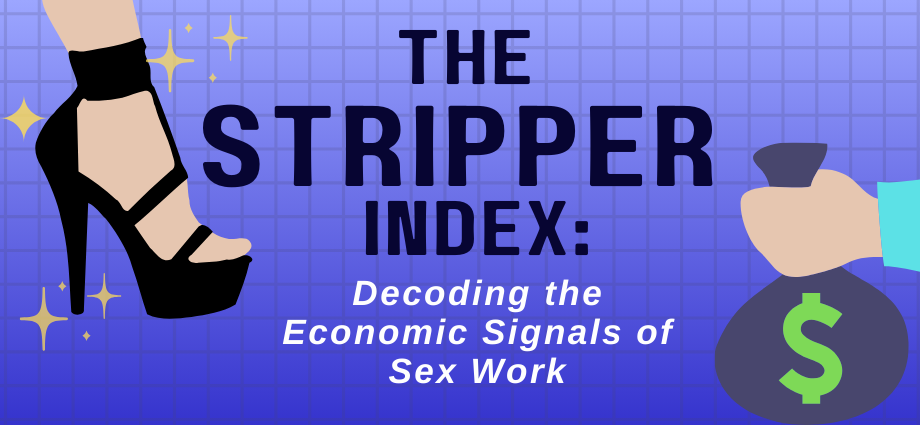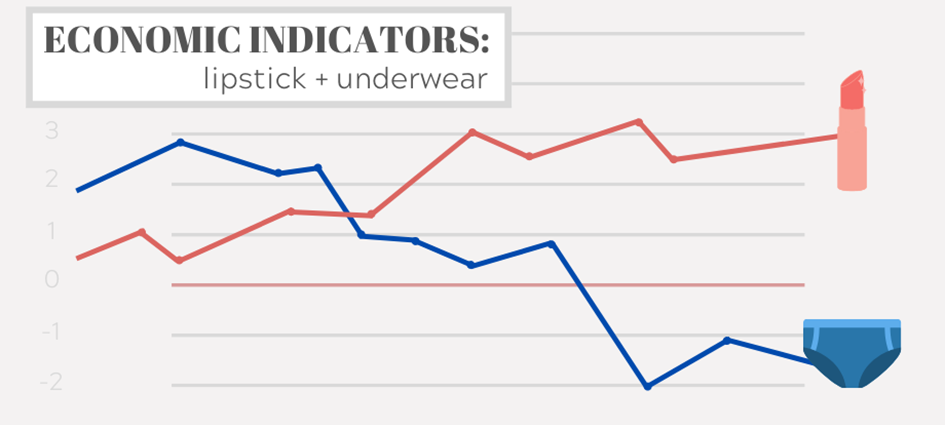Man vs. Money: CFPB v. CFSA and What it Means for America
Author: Venus Dhanda, Graphics: Anna Szymoniak The BRB Bottomline: The Consumer Financial Protection Bureau (CFPB), established in 2010, has worked to regulate U.S. markets for over a decade, protecting consumers from risky and predatory lending practices. The Community Financial Association (CFSA), fighting for forms of financial regulation, has taken issueContinue Reading



